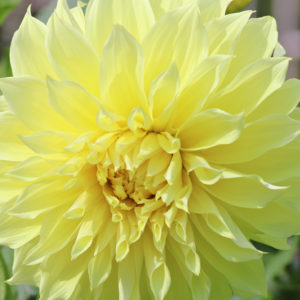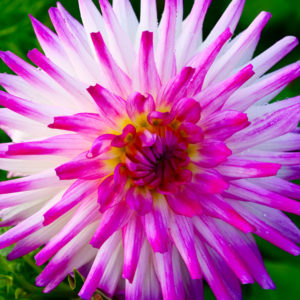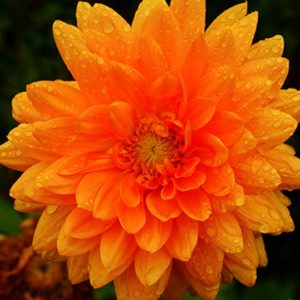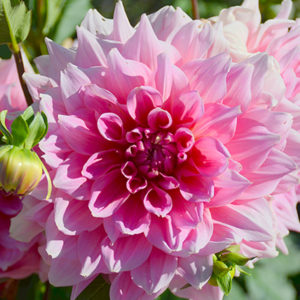Description
 Herb, Thyme
Herb, Thyme
If you could only grow one herb, then you should choose thyme. Two quotes from The Grass Roots Herbal Society Newsletter, referenced in the book, Rodale’s Illustrated Encyclopedia of Herbs, sum up the significance of thyme, “When in doubt, use thyme.” and “Thyme is very nearly the perfect useful herb.”
There are several varieties of thyme including Lemon Thyme, English Thyme and Creeping Thyme. The two most historically significant are English Thyme and Creeping Thyme, both of which are frequently mentioned in ancient writings, but without discerning which is which. Harvesting History sells English Thyme.
This herb lends its delightful fragrance and flavor to many, many foods. It is used in soups, sauces, stuffings, as a condiment, and is one of the ingredients in the fines herbs of French cuisine.
As a medicinal herb, it has few applications and they are not well substantiated. However, as a pollinator plant and a companion plant it is without equal. Bees LOVE the flowers of thyme. A single bed of thyme can be literally blanketed with bees when the plant is in flower and it is also attractive to butterflies and other beneficial insects. Thyme is also a great companion plant. When planted next to eggplants, tomatoes, and potatoes it helps them to flourish and is known to repel cabbageworms and whiteflies.





